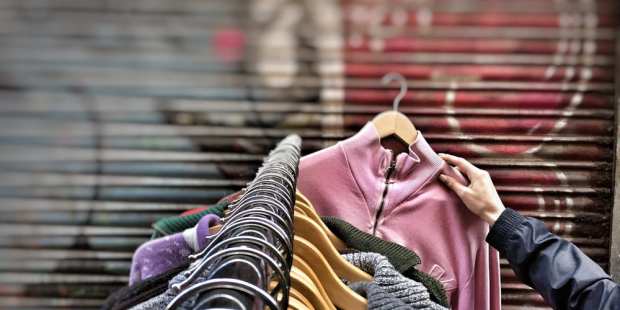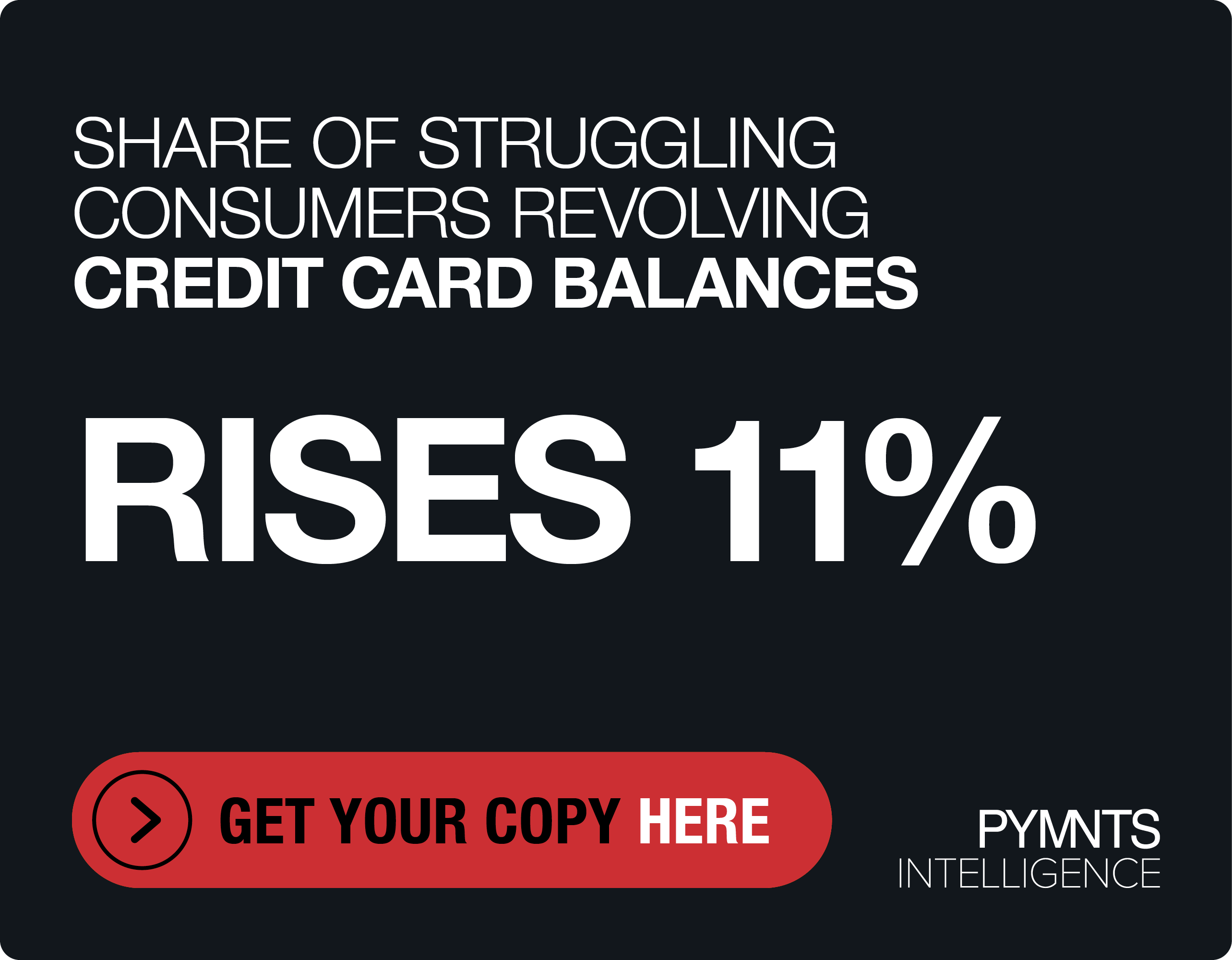How Secondhand Marketplace thredUP Is Using AI To Personalize Shopping

Today’s shoppers can find eCommerce niches for just about anything for which they are hunting, whether they are searching for the lowest price tags or products with ecofriendly missions. One-third of Gen Z members and more than one-quarter of millennials will make secondhand purchases in 2019 due to environmental concerns and cheaper prices, for example. The online thrifting market combines both of these factors, making it especially popular among both demographic groups. It is set to rapidly expand over the coming years, too, climbing from a valuation of $24 billion in 2018 to $51 billion by 2023.
Online marketplaces for both regular and secondhand retail are facing more competition as demand continues to grow. Thrift shoppers expect the same level of personalization, choice and quality on secondhand websites that they receive anywhere else, and these marketplaces must deliver those experiences in ways that do not sacrifice profits.
Chris Homer, co-founder and chief technology officer for online retail site thredUP, believes online thrift shops must get creative and inspire their target audiences to think secondhand before they can maintain consumer satisfaction and engagement.
“I think a big part of that is making sure that there [are] a variety of ways to engage and search the inventory,” he said.
Homer recently spoke with PYMNTS about how thredUP is engaging customers with new channels and ways for customers to shop, including at physical stores and through artificial intelligence (AI) tools that personalize consumers’ online experiences.
AI and the importance of personalization
Secondhand marketplaces must enable experiences and shopping processes that are tailored to customers’ needs if they want to win them over and retain them. thredUP personalizes its services with AI offerings that generate recommendations and position sellers’ goods in the right categories and channels. The technology has also been used to automate the production of products such as Goody Boxes, which provide consumers an assortment of clothes based on their interests.
“When we started [Goody Boxes in 2017, they were] very manual to begin with — stylists [did] all of the work,” Homer said. “I imagine, in the future, some of [the boxes] will even be completely automated. I imagine there will almost always be a human in the loop in that sequence, but it will be less and less in terms of the selection and probably more of a review, tweak and approve type of workflow.”
ThredUP is now examining how it can bring more sophisticated AI into other areas of its marketplace, such as visual search optimization. This would use AI to properly tag and codify items while also relying on customers’ mobile cameras for more engaging experiences.
“I think there [are a lot] of opportunities to give people the power to search based on the visuals they see [through the camera,” Homer noted. “If it’s not through the camera, you can imagine that you’re browsing another app like Pinterest or Instagram [while also] being able to share what you see in the thredUP app and then having a search based on that. That’s some of the more advanced image recognition AI that we’ll definitely bring to mobile in the future.”
Customer satisfaction and the importance of brick-and-mortar stores
ThredUP is also taking an innovative approach to expanding its presence in brick-and-mortar retail.
The marketplace has several storefronts in the San Francisco Bay Area and has recently announced a partnership with retail giant Macy’s. thredUp will place its goods in approximately 500 square feet of space at the latter’s store locations. Homer explained that the goal of these brick-and-mortar locations is to offer greater engagement opportunities between buyers and sellers on the platform. ThredUP is also looking for ways that AI and machine learning (ML) can help enhance both parties’ physical shopping experiences.
“[We believe] thredUP is the most convenient, easiest place for you to clean out your closet, and there is a lot of demand for that supply,” Homer said. “What we want to have is a broad network of partners where we can bring them the right type of inventory for their storefronts, or online through our [platform] or through various listing services like eBay and other places where we can maximum the value of those items for our suppliers. It’s going to be a critical part of our path forward — the breadth of different ways that we find homes for these items.”
It is unclear whether bringing together physical and online channels will provide buyers and sellers with higher levels of satisfaction, and the same can be said of AI’s future applications in the space. Consumers will likely always have clothing they want to sell, however, and there will likely always be those willing to buy.

